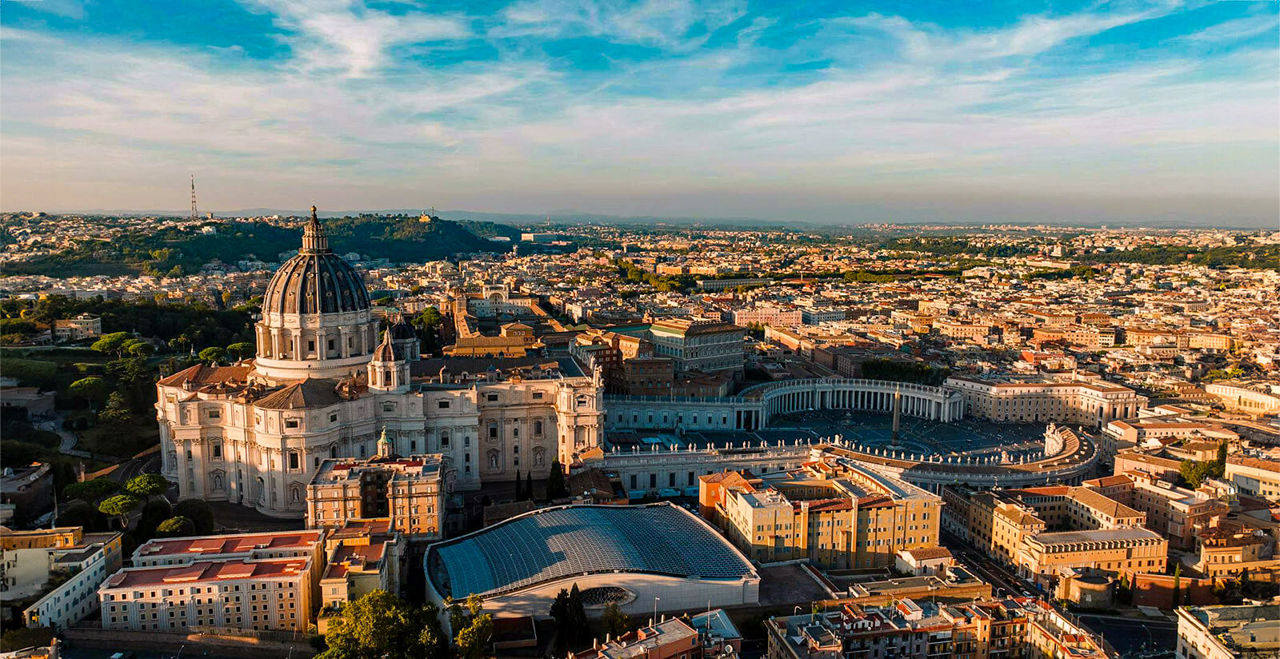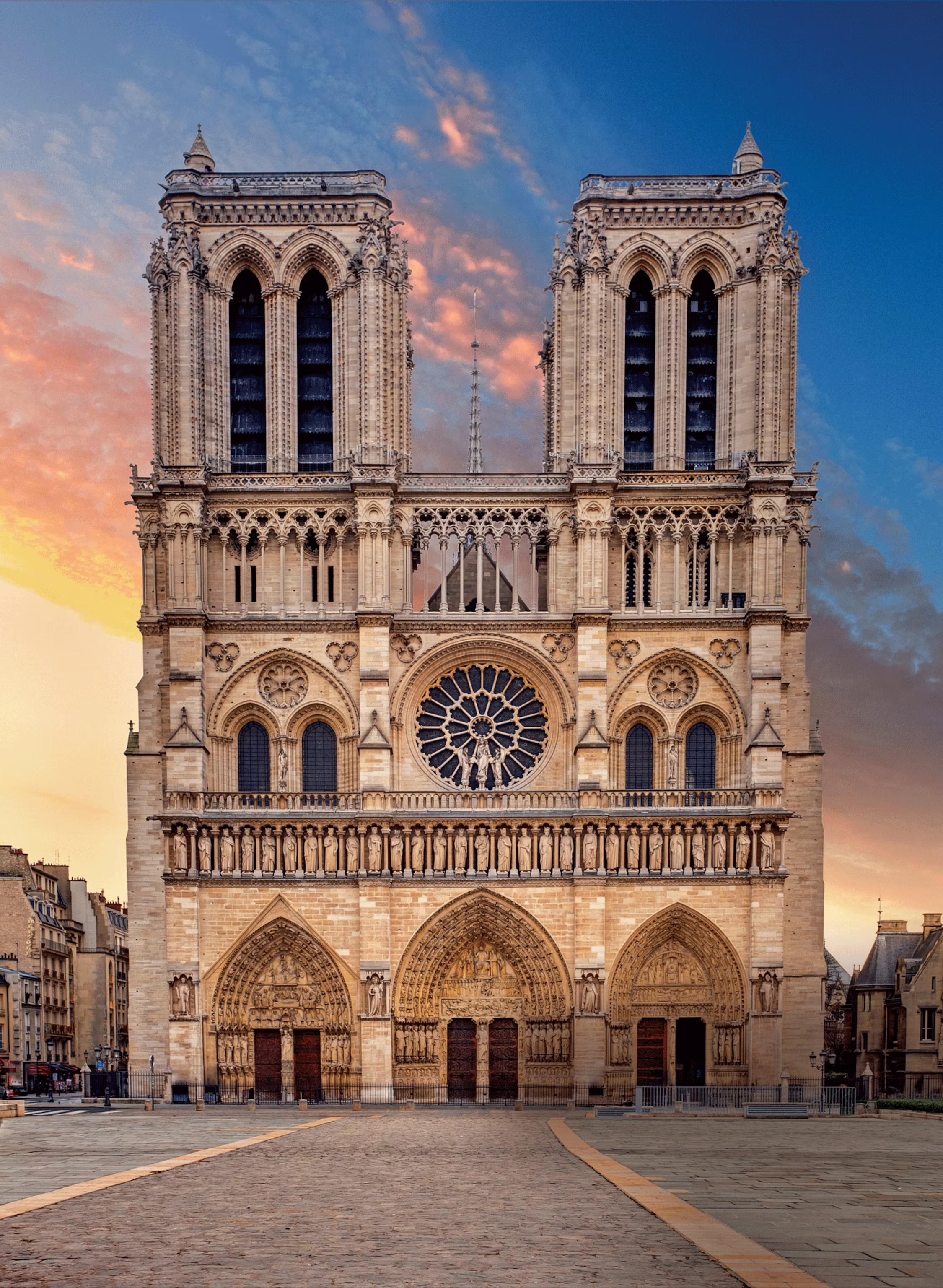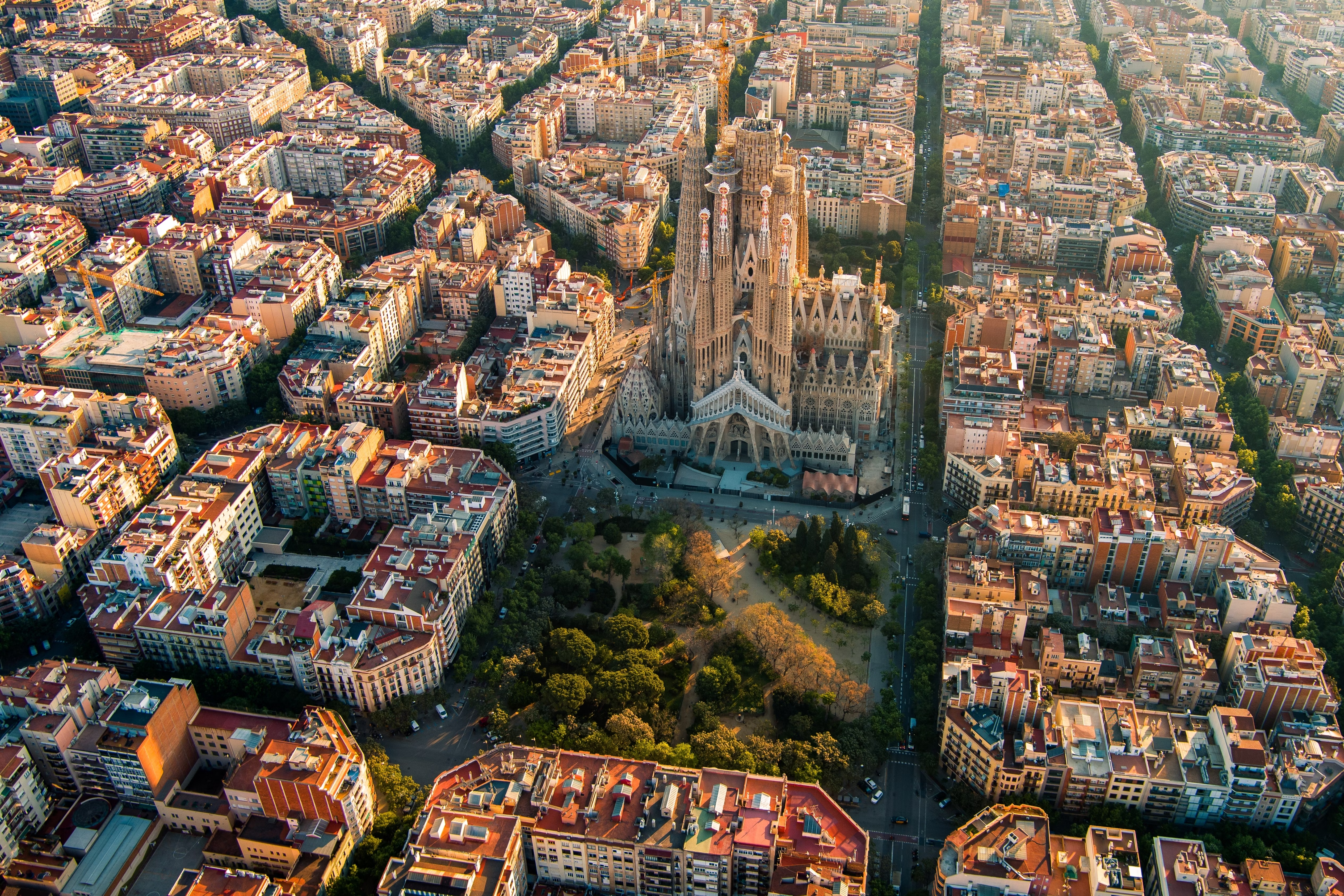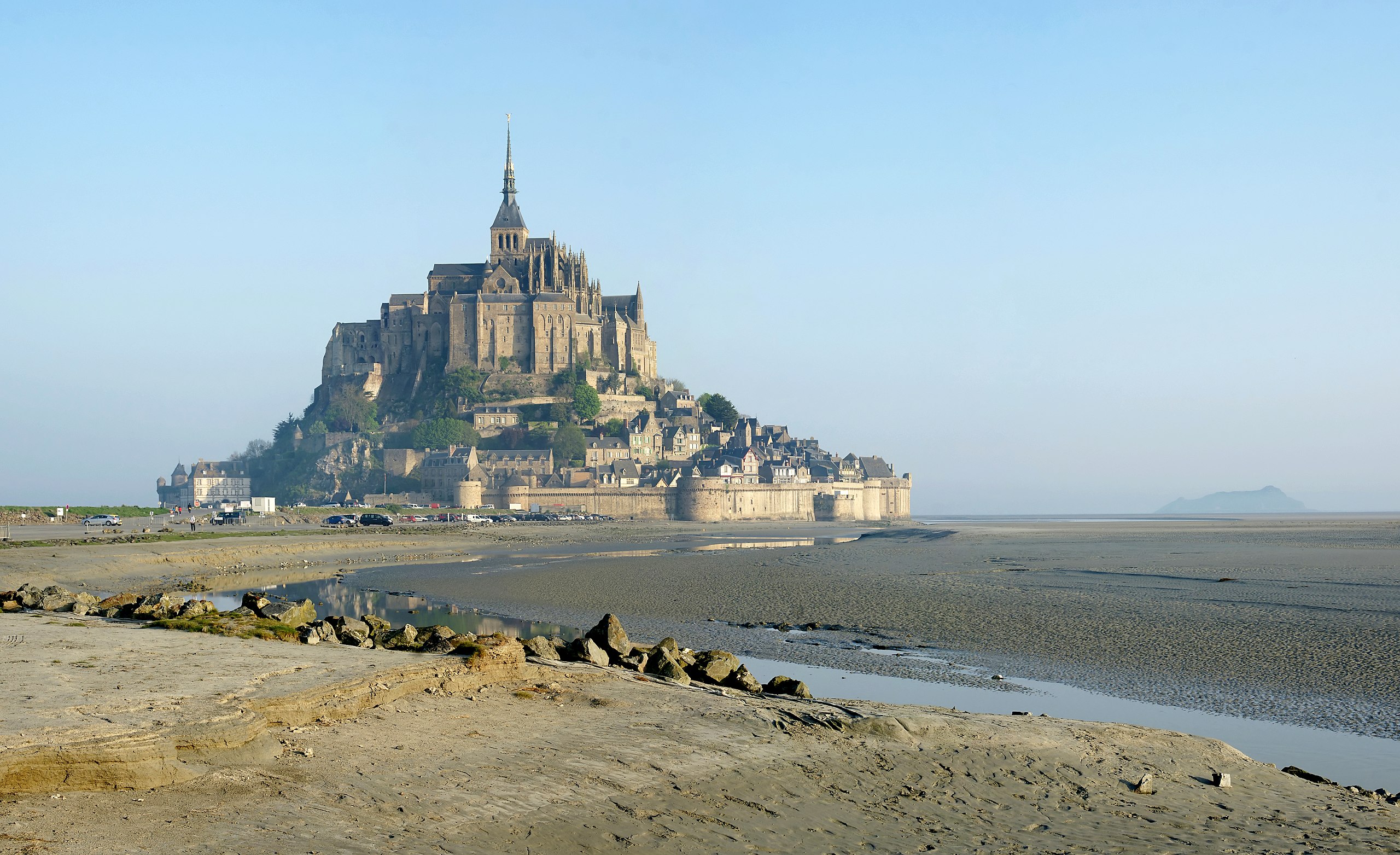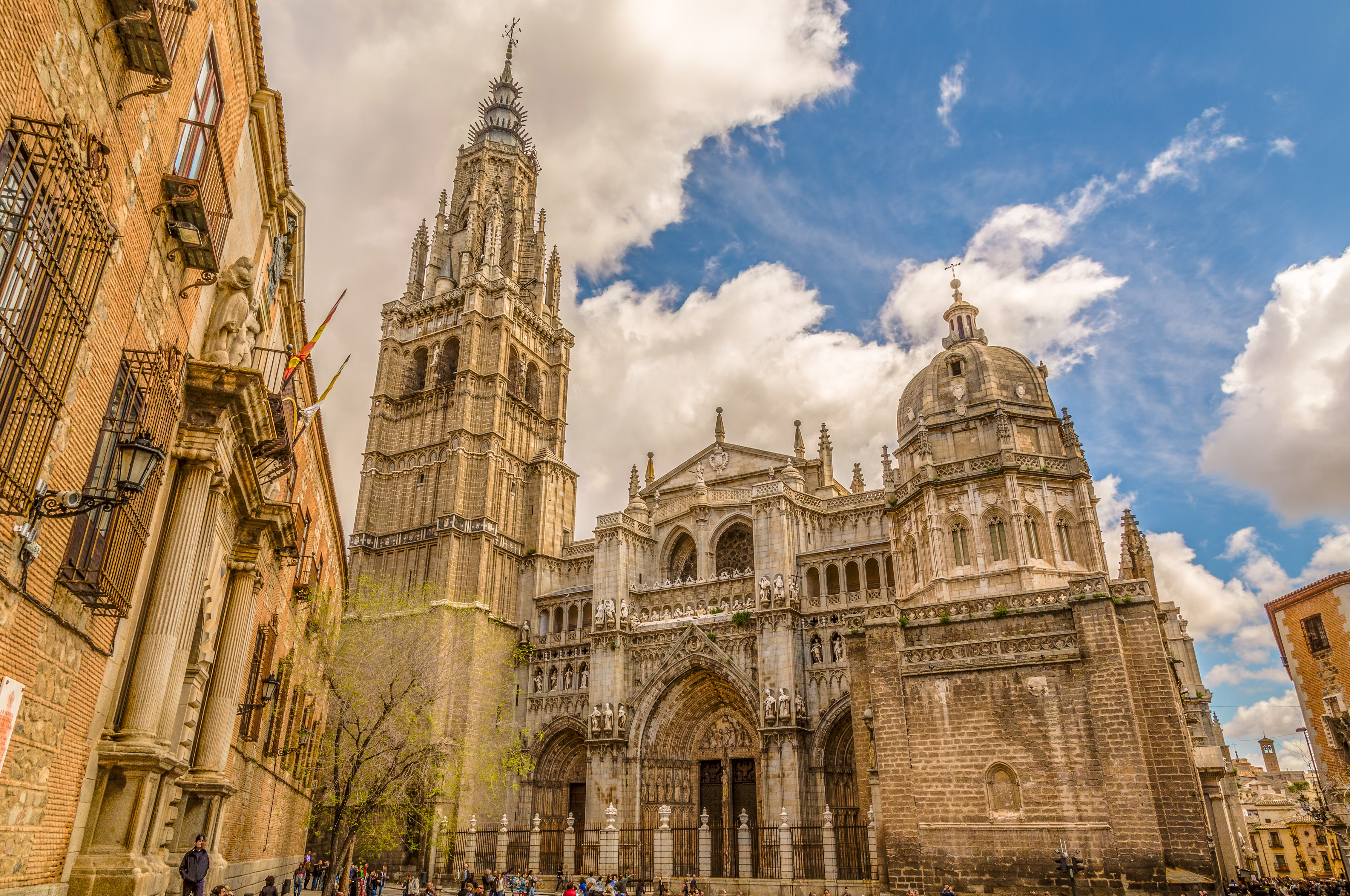
Toledo Cathedral
One of Spain's most important Gothic cathedrals, built on the site of a former mosque. The cathedral is renowned for its impressive scale, magnificent choir stalls, and the transparent altar that allows light to pass through alabaster sculptures. It houses an impressive collection of artworks by El Greco, Goya, and Velázquez.
Historical Context
Toledo Cathedral was constructed during the gothic period, specifically between 1226-1493. This era was characterized by significant developments in architectural techniques and religious expression.
The construction was commissioned by the local bishop and diocese and took place during a time of growing urban populations and increasing religious devotion. The building has survived through centuries of history, witnessing the Reconquista, Spanish Civil War, and modern tourism.
Over the centuries, Toledo Cathedral has undergone several renovations and restorations, each adding to its historical significance while preserving its original character and purpose.
